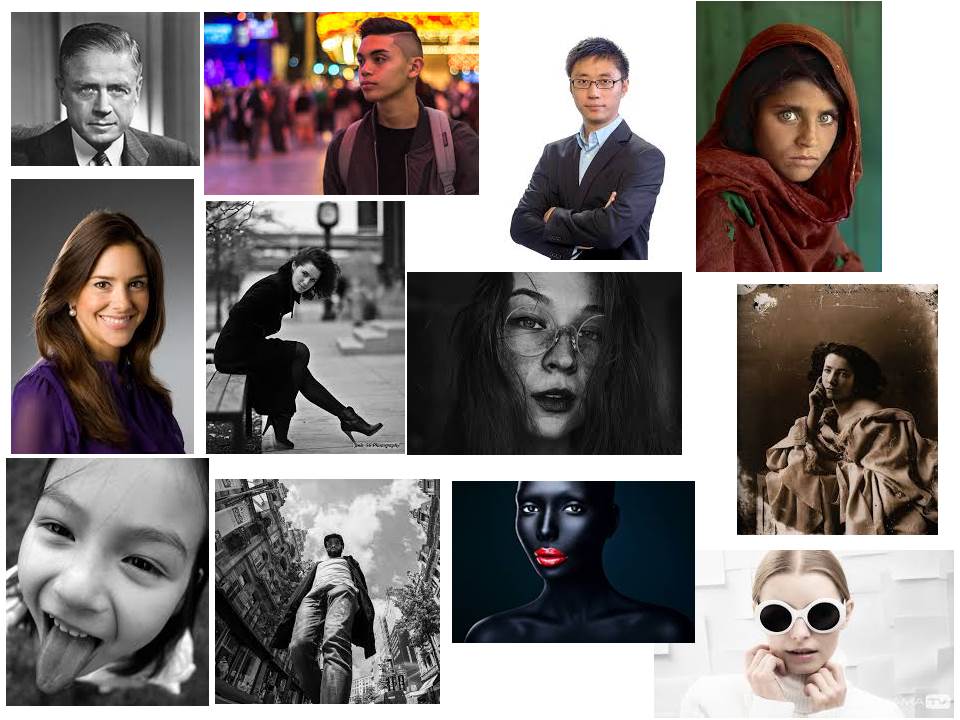Portraiture
Portrait photography or portraiture in photography is a photograph of a person or group of people that captures the personality of the subject by using effective lighting, backdrops, and poses. A portrait picture might be artistic, or it might be clinical, as part of a medical study.

Every one of these images:
- formal
- informal
- candidate
- High angle
- Low angle
- Headshot
- futuristic
- high key
- colour
- black and white
- half body
- Full body
- natural
- posed
Environmental Portraits

This is an example of an environmental portrait.
The lighting and exposure of the images is quite low however it highlights the focus on to the man who is wearing white. As shown in the image the man is engaging with the camera, unlike street photography where the person being photographed usually isn’t aware environmental portraits is the opposite and encourages the person to be looking at the image.
Arnold Newman began taking images that were based around on who the person actually is. For this man it looks like his background is something along the lines of being a musician so therefore he’s trying to capture part of his identity. This captures the idea of environmental as its trying to portray the idea that this what they do day to day.


